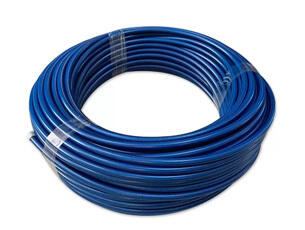
As one of the top brands for motorcycle brake lines, Hengshui BURK has established a reputation for quality, reliability, and performance. The brand's motorcycle brake lines are trusted by riders, mechanics, and OEM manufacturers for their advanced engineering and rigorous testing. Their products feature premium materials, including stainless steel, Teflon, and reinforced polymers, combined with precision manufacturing to ensure consistent quality. Top brands for motorcycle brake lines from this company are known for their exceptional brake response, durability, and compatibility with a wide range of motorcycle models. Whether for street riding, off-roading, or racing, the brand's brake lines deliver the performance and reliability that riders demand, solidifying their position among the industry's top manufacturers.

Copyright © 2025 by HENGSHUI BRAKE HOSE MACHINERY CO.,LTD — Privacy Policy